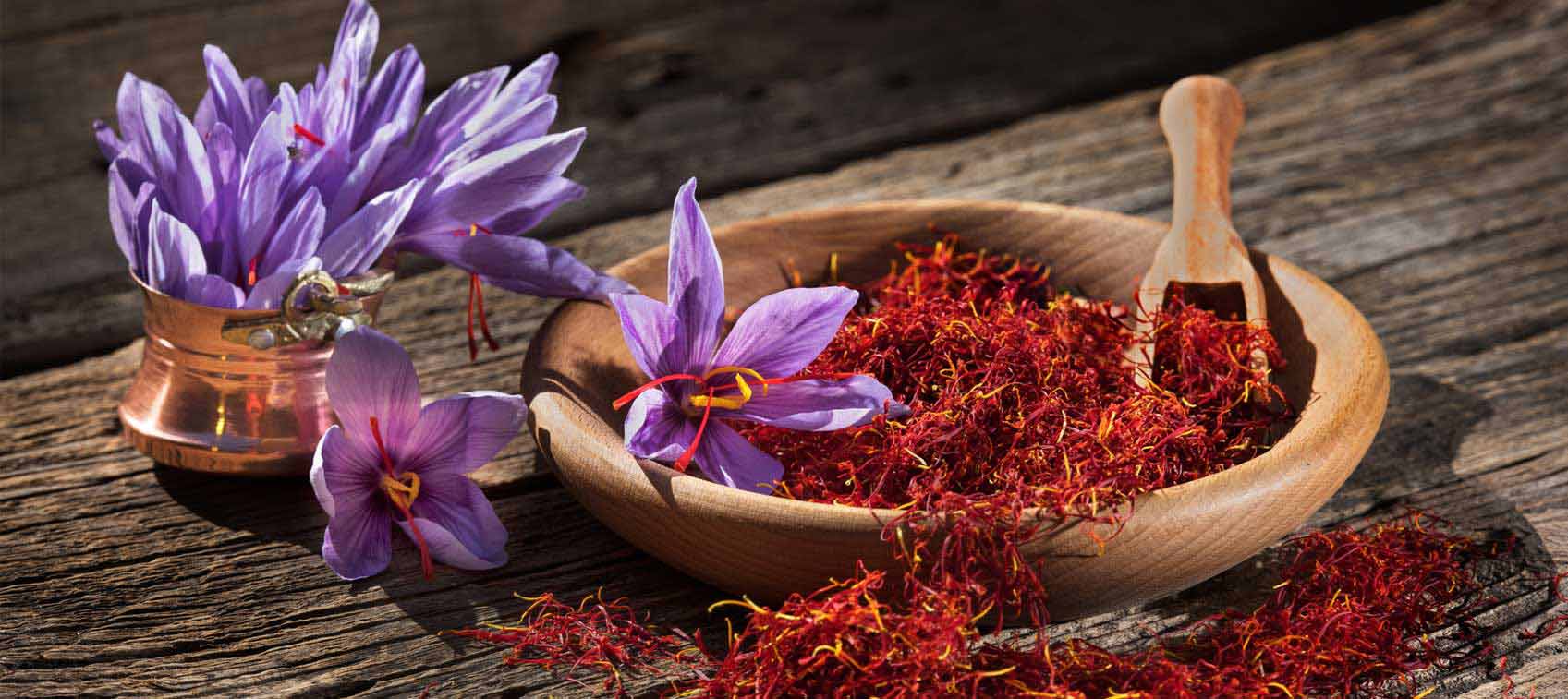
When most people think of supplements for eye health, lutein, zeaxanthin, or maybe even some other AREDS2 nutrients (zinc, vitamin C, vitamin E, etc.) come to mind. But there are other nutrients that, while perhaps a little less well-known, show a lot of promise in supporting vision and eye health. One that’s receiving a lot of buzz lately is saffron.
Saffron is nothing new. You’ve likely heard of it, perhaps because you’ve cooked with it. Grown in parts of Asia and Europe, saffron is one of the world’s most expensive spices—selling for an estimated $1,500 per pound.
It’s harvested from saffron crocus, a purple flower that blooms for only about three weeks a year, in the fall. To produce a single gram requires about 150 flowers and a lot of labor, which explains its hefty price tag. But for foodies, it’s worth it as saffron adds a rich aromatic flavor to dishes that many find delicious.
Aside from its culinary applications, saffron has been used medicinally since ancient times for conditions of the gastrointestinal and urinary tracts, liver, spleen, heart, and brain. Also, dyes made of saffron were used to color both clothing and makeup. It’s even been said that Cleopatra indulged in saffron-infused baths before meeting a suitor.
Today, research shows that saffron does in fact have some key healing and protective properties. Most of these benefits stem from saffron’s powerful antioxidant compounds, including crocin and crocetin (both pigments responsible for saffron’s coloring), safranal (which gives it its delicious taste and aroma), and kaempferol (found in the flower petals).
Let’s take a look at some of the ways saffron can benefit your health.
Saffron and Eye Health
Most notable are saffron’s vision health benefits. The crocin and crocetin, in particular, play a strong role in supporting eye health.
In one study of 29 people, taking 20 mg of a saffron supplement for just over a year (average 14 months) improved visual acuity.
Saffron supplementation also supports healthy intraocular pressure. A pilot, randomized, placebo-controlled study was carried out to evaluate the effects of saffron on intraocular pressure, subjects took either 30 mg of saffron or placebo daily. Interocular pressure was significantly improved in the saffron group compared to the placebo group.
Saffron for Stress, Mood, & More
Saffron is sometimes called the “sunshine spice,” not only because of its coloring but because it has been shown to brighten mood.
In one study, 128 people who reported a low mood were given either 22 mg or 28 mg of saffron, or a placebo, to take daily for four weeks. Those taking the 28 mg dose saw a notable decrease in negative mood and stress levels and occasional anxiousness.
Other potential benefits of saffron include a reduction of PMS related mood concerns, better sleep quality, healthier cholesterol and fasting blood glucose levels and even enhanced libido and sexual function. (Maybe Cleopatra was onto something?)
How to Use Saffron
To reap these rewards, you can try cooking with saffron—though it may break your bank eventually! That’s why supplementation is your best bet. Most studies suggest that 30 mg is the appropriate and most effective daily dosage to experience serious clinical benefit.
Saffron supplements are available as standalone products, or you can often find saffron in eye formulas combined with several of the other clinically-proven AREDS nutrients.
References:
- Piccardi, M. et al. 2012
- Kell, G. et al. 2017

